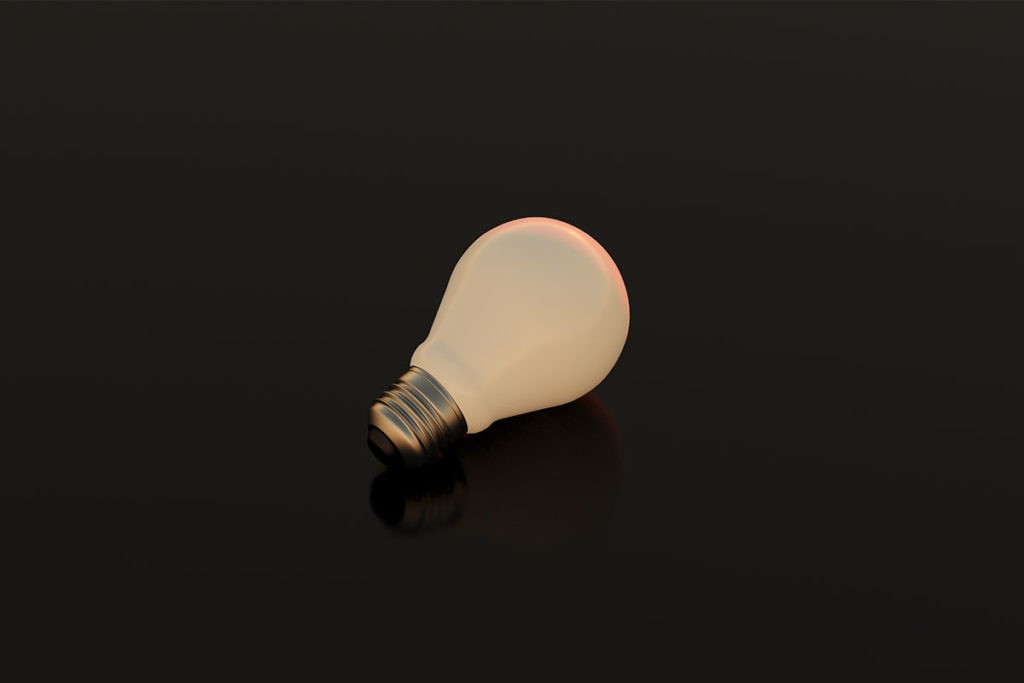As I observed in a recent article on the Section 199 deduction for broadcasters, the many issue-specific “campaigns” recently launched by the Large Business and International (LB&I) Division of the IRS vary in nature. Whereas some of the campaigns heavily emphasize stepped-up enforcement, others aim primarily to educate taxpayers and resolve honest confusion over filing and reporting requirements.

Based on the IRS’s statement that the primary treatment to be used is “issue-based examinations” (audits), it is safe to say the LB&I’s campaign regarding Section 179D deductions for energy-efficient buildings falls into the enforcement-centered category.
What Is the Section 179D Energy Efficiency Tax Deduction?
The Section 179D deduction for energy-efficient design of buildings was created under the Energy Policy Act of 2005. It is one of many tax code provisions intended to incentivize taxpayer actions that serve the greater good—in this case, taking steps toward national energy independence.
Specifically, the deduction rewards building designs that result in substantial energy savings in three main areas:
- heating, ventilation, air conditioning (HVAC) and hot water;
- building envelope (degree to which walls, windows, etc. prevent loss of heated or cooled air); and
- lighting
The maximum allowed deduction is substantial: $1.80 per square foot, or $45,000 for a 25,000-square-foot space. Claiming such a large one-time deduction is far more appealing to most building owners than depreciating construction or installation costs over 15 years or more.
In order for a building design to qualify for the maximum deduction, the energy-efficient systems must result in at least a 50% reduction in total energy use, in comparison with a “reference building”—a similar building that meets the U.S. Department of Energy’s minimum efficiency standards.
Buildings that do not qualify for the maximum deduction may still qualify for a $0.60 per square foot partial deduction if energy savings meet baseline percentages established under Section 179D. Those baselines vary from 10% to 25% depending on the specific area of energy use (heating vs. lighting, for example) and the date of building construction.
Who Can Claim the Section 179D Tax Deduction?
The Section 179D deduction is most often claimed for newly constructed buildings, but can also apply for retrofits of older buildings. Most U.S. commercial buildings are eligible, as are rental properties (apartment complexes, condos, etc.) of four floors or more. Generally, the taxpayer who can claim the deduction is the building owner, or in the case of multiple ownership entities, the owning party depreciating construction or installation costs on their tax forms. In some cases, a tenant who bears the costs of energy efficiency upgrades may qualify to claim the deduction.
Most interestingly, government buildings are eligible for the deduction, even though the owner of such a building (a public department) does not pay taxes. In the case of a public property, the owning or managing entity allocates the Section 179D deduction to the designer (architect or structural engineer, for example) most responsible for creating the energy-efficient systems.
Why Is There an LB&I Campaign About Energy Efficiency Deductions?
Unlike many tax deductions that in the end rely to some degree on the honor system, there is no wiggle room whatsoever with a Section 179D deduction. Energy use reductions must be certified by an IRS-approved expert who has no personal or business relationship with the taxpayer. The process of finding and securing the services of such an expert may not be worth the hassle if the eligible building is small.
Furthermore, the taxpayer claiming the deduction cannot freely choose the reference building to which the eligible building will be compared. Information on an appropriate reference building must be obtained from the Department of Energy. Energy savings are then to be computed using only approved software. The Department of Energy’s Office of Energy Efficiency and Renewable Energy provides reference building specifications and links to appropriate software on its website.
In the case of government buildings, the designer claiming the deduction must also obtain and provide to the IRS an official statement of allocation from the entity that manages or owns the building. This requirement ensures that multiple building designers do not claim the deduction for the same building.
In short, owners, designers, or tenants of buildings designed or retrofitted to save energy may very well qualify for significant tax savings under Section 179D, but it is critical to follow the tax code to the letter and consult with a competent tax advisor who intimately understands your specific transaction and circumstances. As with all LB&I campaigns, the IRS is watching.

